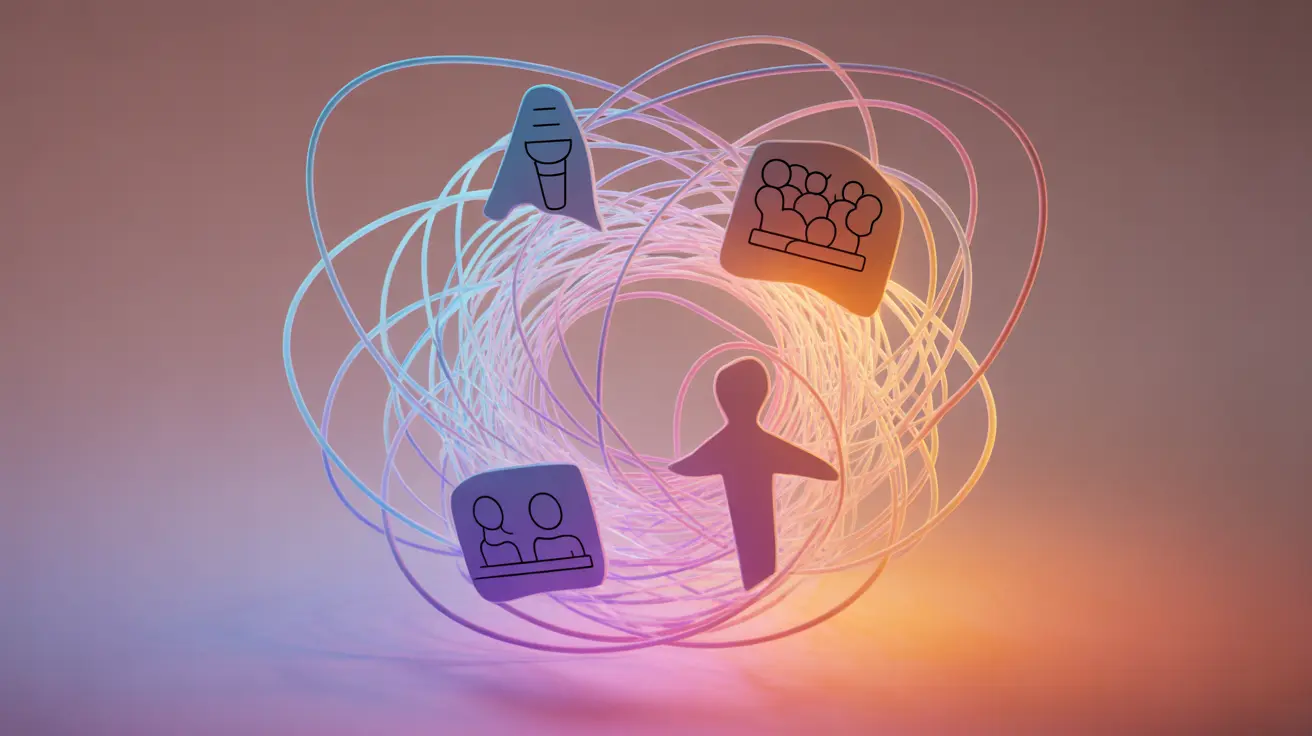Situational anxiety is a common experience that affects many people when faced with specific challenging circumstances or events. Unlike chronic anxiety disorders, this type of anxiety is typically temporary and directly linked to particular situations, such as public speaking, job interviews, or important social gatherings.
Understanding how situational anxiety manifests and learning effective management strategies can help you navigate these challenging moments with greater confidence and control. This comprehensive guide explores the nature of situational anxiety, its symptoms, and practical approaches to managing it effectively.
Understanding Situational Anxiety
Situational anxiety occurs when specific circumstances or events trigger temporary feelings of intense worry, fear, or unease. Unlike generalized anxiety disorder (GAD), situational anxiety is context-specific and usually resolves once the triggering situation has passed.
Common triggers for situational anxiety include:
- Public speaking engagements
- Job interviews or important meetings
- First dates or social gatherings
- Medical procedures or doctor visits
- Performance evaluations
- Important examinations or tests
Physical and Emotional Symptoms
When experiencing situational anxiety, your body may respond with various physical and emotional symptoms:
Physical Manifestations
- Rapid heartbeat or palpitations
- Sweating or cold sweats
- Trembling or shaking
- Shortness of breath
- Dry mouth
- Nausea or stomach discomfort
- Muscle tension
Emotional and Cognitive Signs
- Racing thoughts
- Difficulty concentrating
- Overwhelming worry about potential negative outcomes
- Fear of judgment or embarrassment
- Strong urge to avoid or escape the situation
- Increased irritability or restlessness
Management Strategies and Treatment Options
Immediate Coping Techniques
- Deep breathing exercises
- Progressive muscle relaxation
- Mindfulness meditation
- Positive self-talk
- Grounding techniques
- Visualization exercises
Long-term Management Approaches
- Cognitive Behavioral Therapy (CBT)
- Exposure therapy
- Regular exercise and physical activity
- Stress management techniques
- Adequate sleep and proper nutrition
- Building social support networks
Prevention and Preparation
While situational anxiety can't always be prevented, several strategies can help reduce its impact:
Practical Steps
- Practice and prepare thoroughly for anticipated situations
- Gradually expose yourself to anxiety-triggering scenarios
- Maintain a healthy lifestyle with regular exercise
- Develop strong stress management skills
- Build a support system of understanding friends and family
- Consider working with a mental health professional for additional guidance
Frequently Asked Questions
What are the typical symptoms of situational anxiety, and how do they differ from those of chronic anxiety disorders?
Situational anxiety symptoms include rapid heartbeat, sweating, trembling, and intense worry, but they're specifically tied to particular events and typically resolve afterward. Unlike chronic anxiety disorders, which persist regardless of circumstances, situational anxiety is temporary and context-specific.
How can I manage or reduce situational anxiety before public speaking or other stress-inducing events?
Effective management strategies include deep breathing exercises, preparation and practice, visualization techniques, progressive muscle relaxation, and positive self-talk. Arriving early to familiarize yourself with the environment and using grounding techniques can also help reduce anxiety levels.
What are the main differences between situational anxiety and generalized anxiety disorder (GAD)?
Situational anxiety is triggered by specific circumstances and typically resolves once the situation passes. GAD, however, involves persistent and excessive worry about various aspects of life, often without clear triggers, and continues for extended periods.
Can situational anxiety be caused by specific medical conditions or medications?
Yes, certain medical conditions (like thyroid disorders or heart conditions) and medications (such as caffeine, corticosteroids, or some decongestants) can trigger or worsen situational anxiety. It's important to discuss any concerns with your healthcare provider.
What are some effective coping strategies for dealing with situational anxiety in daily life?
Effective daily coping strategies include maintaining a regular exercise routine, practicing mindfulness and meditation, establishing healthy sleep patterns, limiting caffeine intake, building a strong support network, and using relaxation techniques when needed. Professional help through therapy can also provide valuable tools and techniques.




